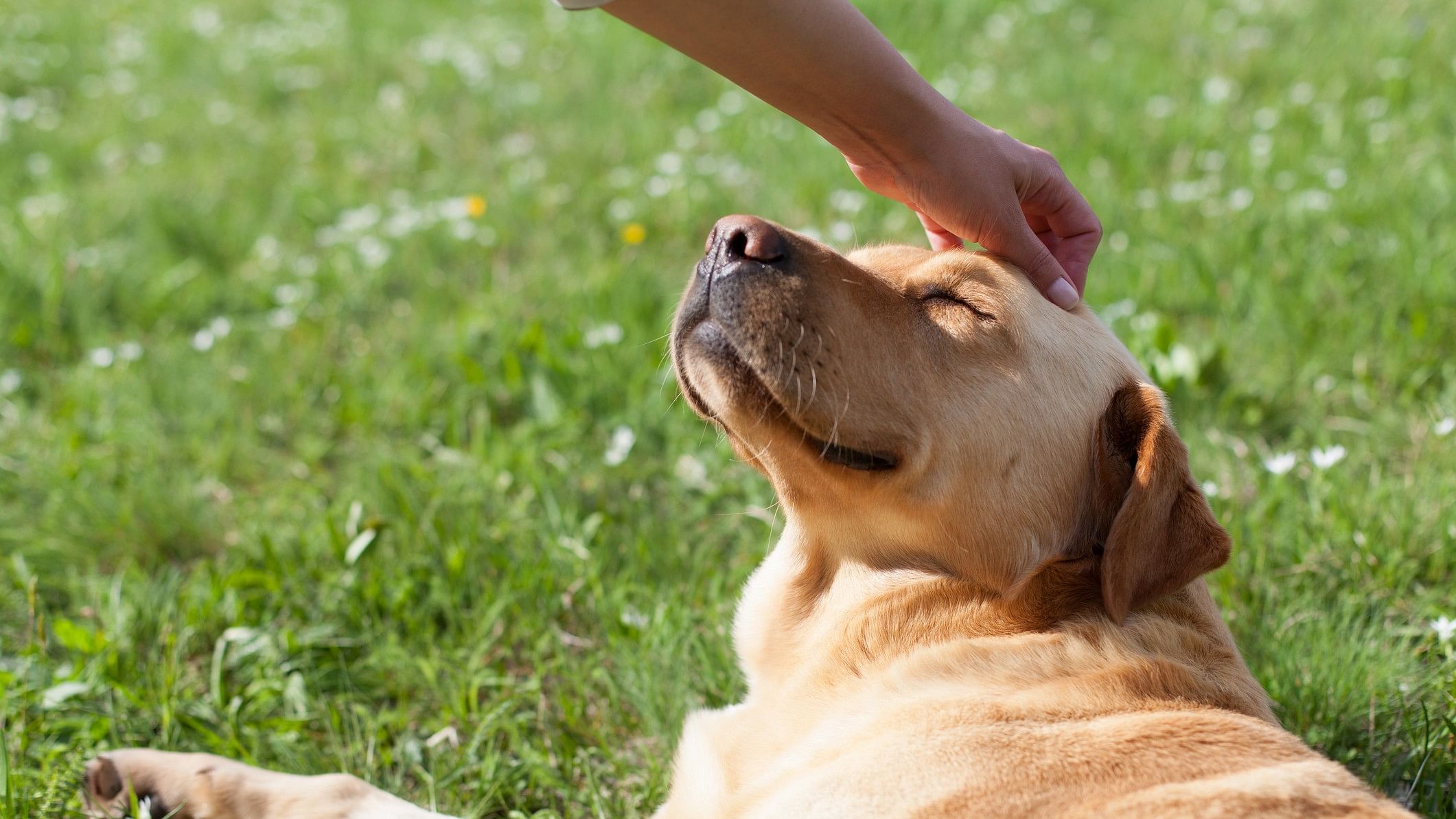
Dogs may have a knack for numbers
Credit: iStock Photo
In the northern latitudes, winter is fast approaching. Our days are shrinking while the evenings are turning frigid and awfully long. Darkness descends at half past three while I am still at my desk typing away to glory — a grim reminder of the chasm between the seasonal rhythms and the monotonous 24-hour world we have created for ourselves. But as a crepuscular species active during dawn and dusk, Pippi’s biological clock does not hold back. Those paw-scratching reminders for the evening walk now come earlier, and by around 5ish, our short walks in the cold air are over. To while away time until dinner, Pippi and I have indulged in some intriguing experiments that test the limits of our intelligence.
Animals are no strangers to experiments. We owe much of our understanding to animals — both pets and in the wild — from diseases to anatomy to space science to dermatology. Throughout history, human curiosity has led to numerous trials on animals, many crude and unethical. But what was happening in our living room was far from any breakthroughs. The Russian physiologist Ivan Pavlov would have chastised me for calling it such but it was the same spirit of curiosity with which he did his experiments.
I knew Pippi was intelligent, but I wanted to know precisely how intelligent. Could he count? Could he distinguish a smaller-sized treat from a bigger one? Would he choose a bony piece of meat over a boneless and juicy one? My mind was buzzing with questions as we experimented over the days.
To answer the first question, I broke up his favourite jerky into almost equal bits, placed one piece more on one palm than I had on the other, and held them out. Consistently, he picked the palm that had more bits. Could he then count? It turns out that many animals have numerical competence — an ability to judge numerousness, assign a tag based on pattern recognition and estimate quantities. Ants do it. Bees can count landmarks on their flight. Crows, horses and primates can count, too. Then, why wouldn’t dogs?
While dogs may not count from 1 to 10, a 2019 study showed their brains have a knack for numbers. Like monkeys, fish and bees, they can estimate the number of things — sheep, treats or ripened fruits on a tree — and innately choose the one with more. Also, canine brains seemed to value numbers over volume. Perhaps this explains why Pippi erred a few times on picking the slightly larger piece of the treat.
Choosing nutritious food is an easy puzzle for dogs. Research at the Indian Institute of Science, Education and Research-Kolkata’s (IISER-Kolkata’s) Dog Lab, dedicated to studying street dogs’ behaviour in India, found that as scavengers, they eat smart. Street dogs have a nose for meat and eat anything that smells like it, and they prefer pieces of chicken to bread as it has more protein. As a former street dog, Pippi’s tastes align with these observations. Our experiments showed me he prefers a meatier shank to a bony one, and lamb is his favourite.
Feline airs
While the canine brain has stretched the boundaries of intelligence, what do our feline friends say? It turns out that reading the cat brain has been a mystery for scientists: not many have been successful in bringing cats to their labs without bruising themselves, and even if they did, cats have royally refused to obey any orders, forcing scientists to send them home without much success. So, feline parents, you have a great chance of making it into the history books by helping science understand cats! Long considered dimwits, reptiles are now having their moment in the field of animal cognition — scientists have discovered that bearded dragons learn from each other, monitor lizards can learn and unlearn, and anoles can solve problems.
When I began my experiences with Pippi, I only aimed to have meaningful fun with him. But it opened up a whole new understanding of where the field of animal cognition is headed today.
Tailspin is your monthly column on everything that’s heartwarming and annoying about pet parenting.
The writer is a science communicator and mom to Pippi, a five-year-old Indie, who is behind her drive to understand dogs better. She posts on X @RamanSpoorthy